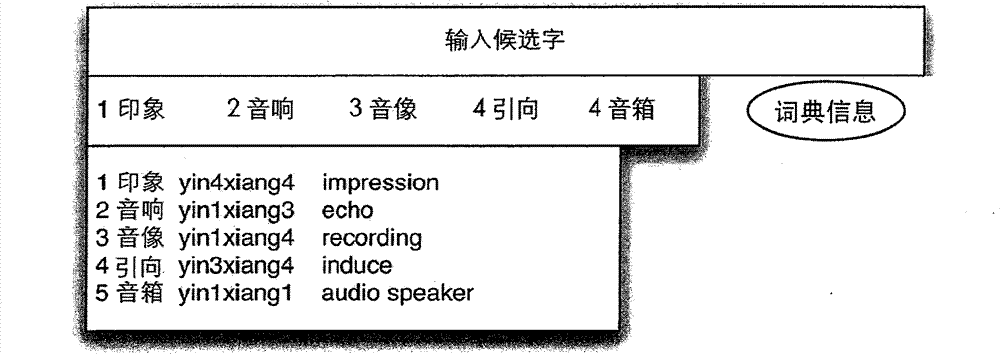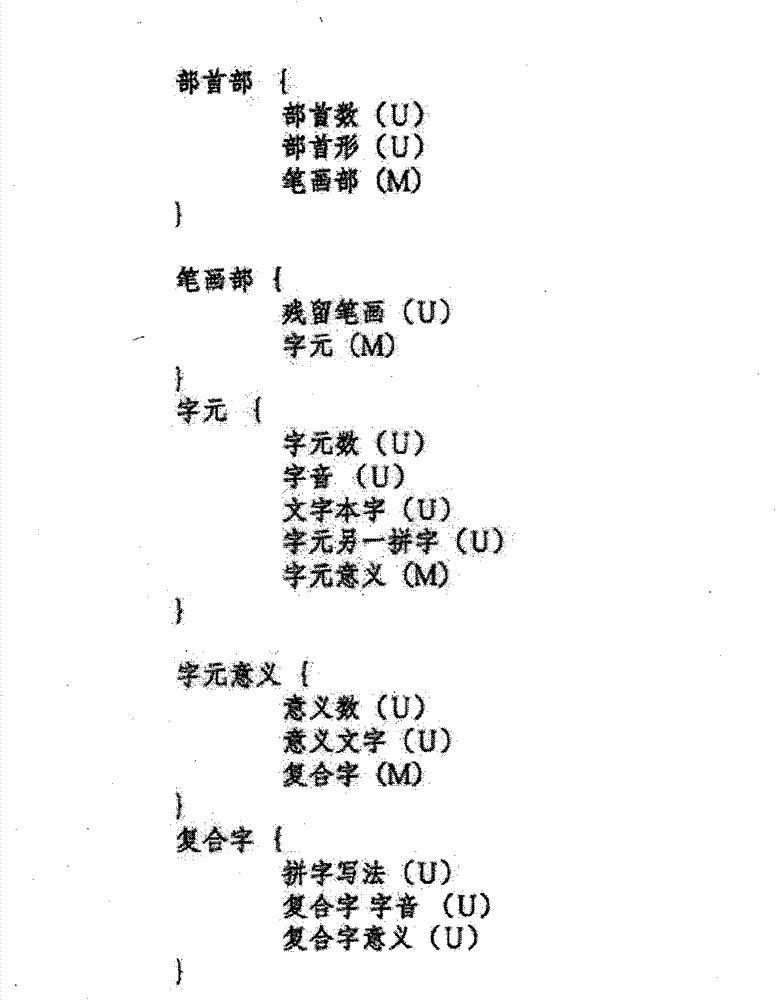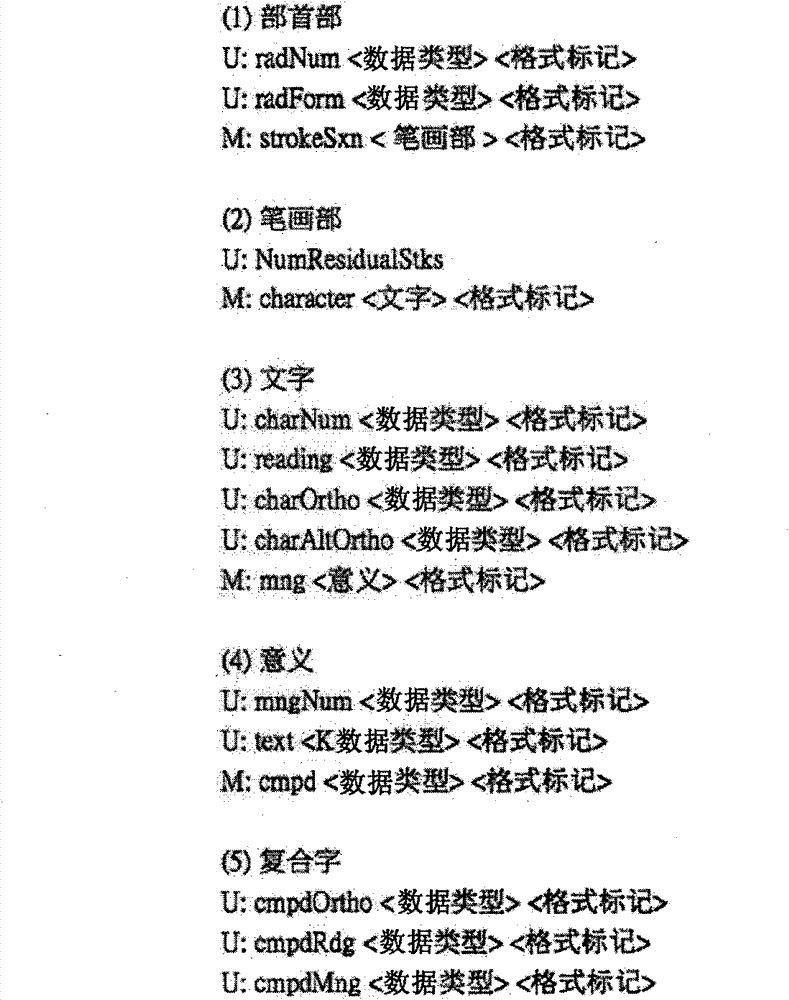Modular system and method for managing Chinese, Japanese, and Korean linguistic data in electronic form
A technology of data and data structure, which is applied to Korean language data and manages electronic forms of Chinese and Japanese. It can solve the problems of not providing data security, not providing it to OS developers, vocabulary data providers, etc., to achieve strengthening Text input function, enhanced data connectivity, and the effect of preventing data theft
- Summary
- Abstract
- Description
- Claims
- Application Information
AI Technical Summary
Problems solved by technology
Method used
Image
Examples
Embodiment Construction
[0036] Platform and Implementation Law
[0037] Embodiments may be implemented on various platforms and operating systems. The exact manner of implementation or coding can depend on several factors, including the software development language used and the API (if any) used. For example, at the time of this writing, if implementing an embodiment on Mac OS X, it would be preferable to use a combination of C and Objective-C with APIs from Carbon and Cocoa. On other platforms, you may also prefer other languages and use other APIs. By using a platform-independent language, such as Java, it is also possible to implement an embodiment using much of the same code so that it can work on more than one platform. Implementation details not necessary to explain the embodiments have been omitted, as a skilled platform designer can implement the embodiments in various ways using appropriate languages and APIs. Therefore, the following descriptions describe and illustrate the functi...
PUM
 Login to View More
Login to View More Abstract
Description
Claims
Application Information
 Login to View More
Login to View More - R&D
- Intellectual Property
- Life Sciences
- Materials
- Tech Scout
- Unparalleled Data Quality
- Higher Quality Content
- 60% Fewer Hallucinations
Browse by: Latest US Patents, China's latest patents, Technical Efficacy Thesaurus, Application Domain, Technology Topic, Popular Technical Reports.
© 2025 PatSnap. All rights reserved.Legal|Privacy policy|Modern Slavery Act Transparency Statement|Sitemap|About US| Contact US: help@patsnap.com



